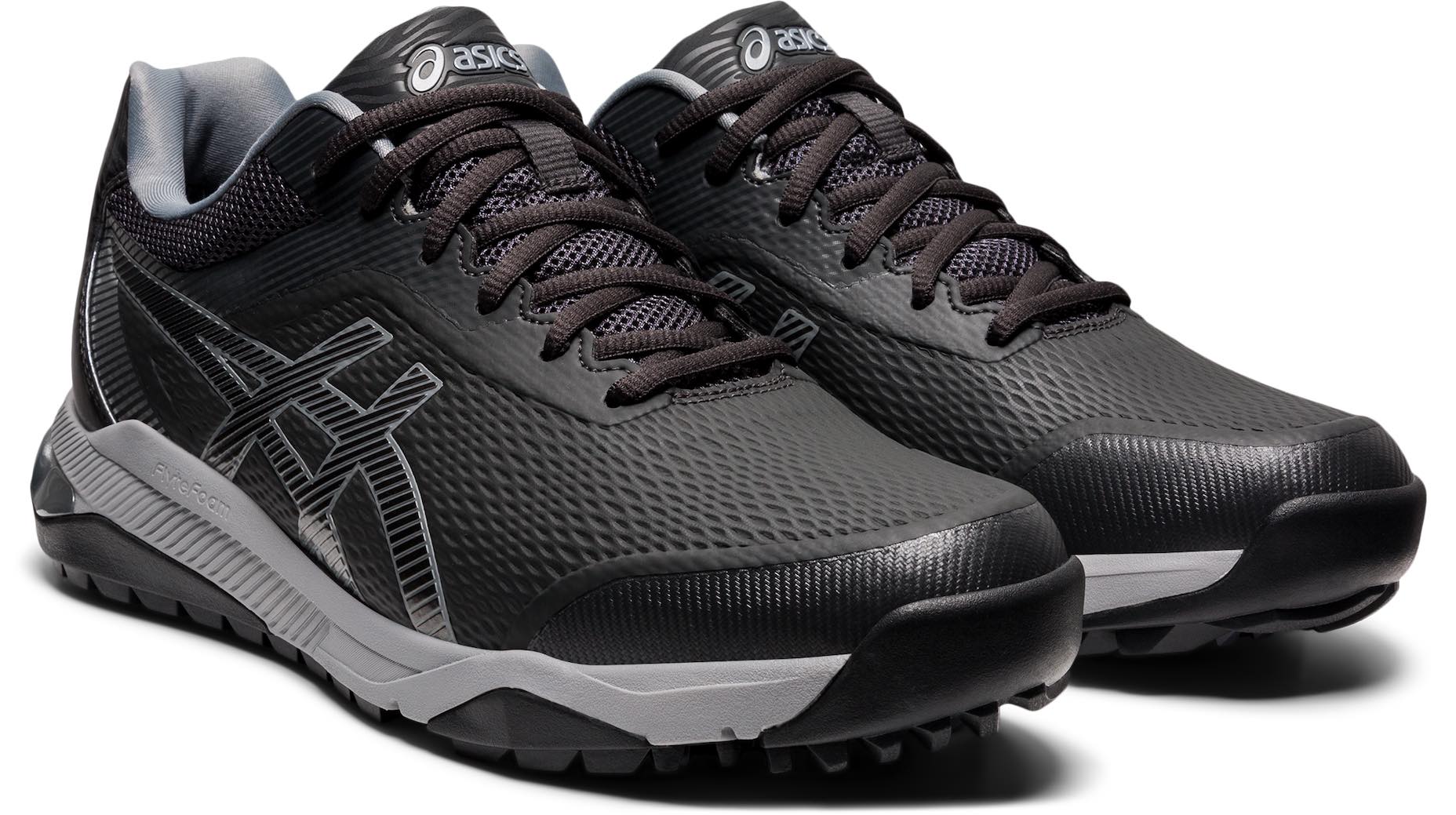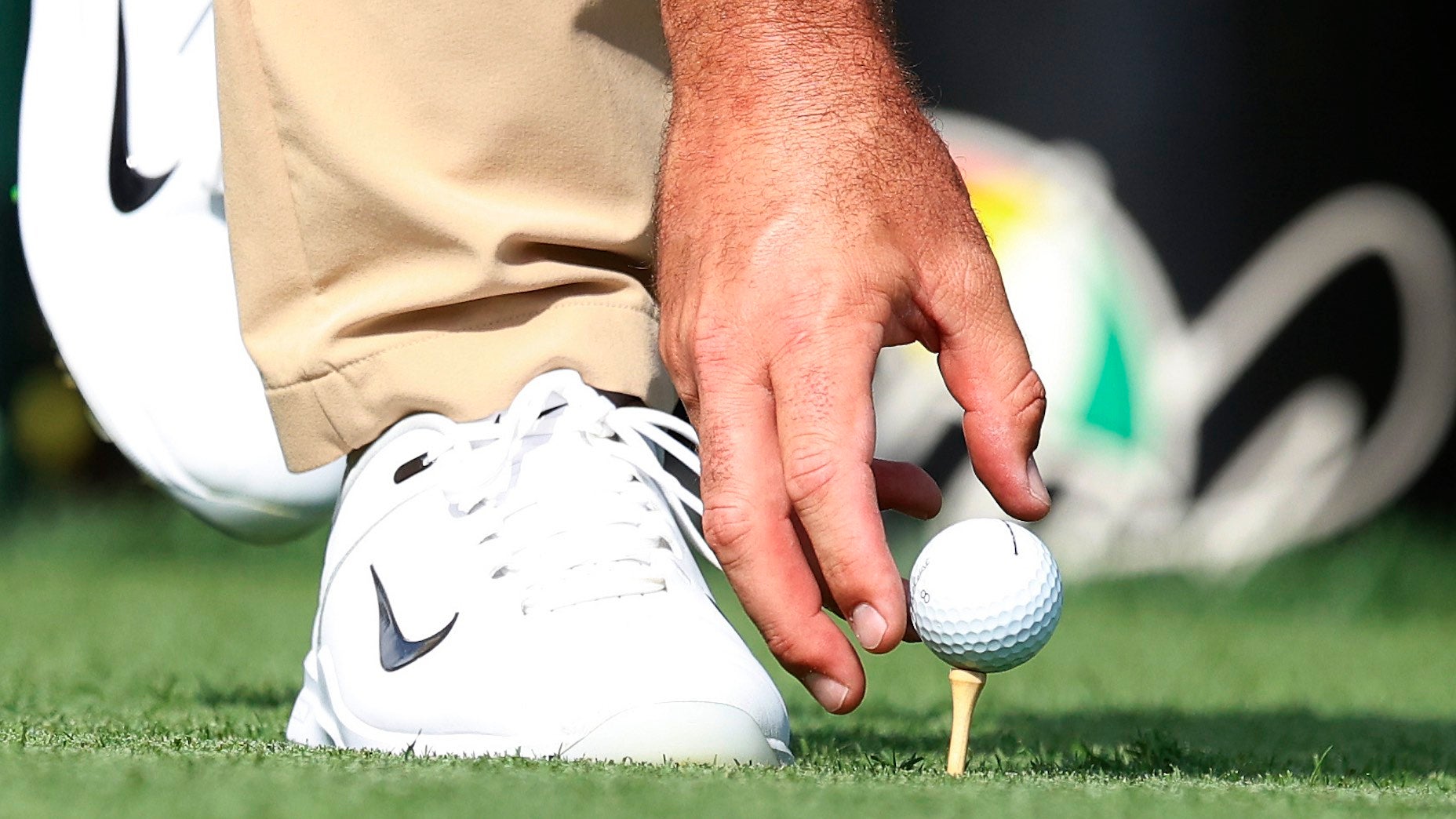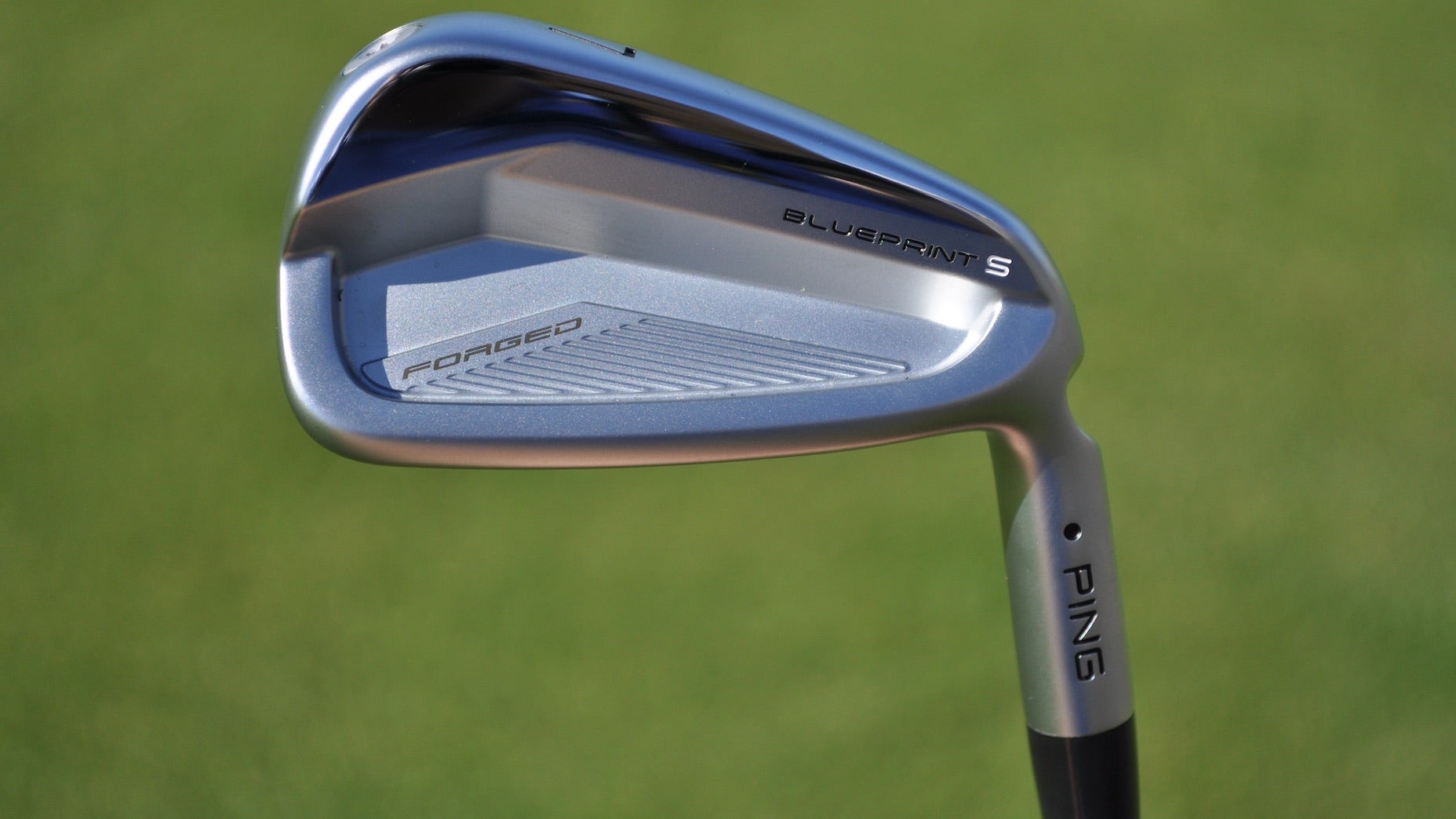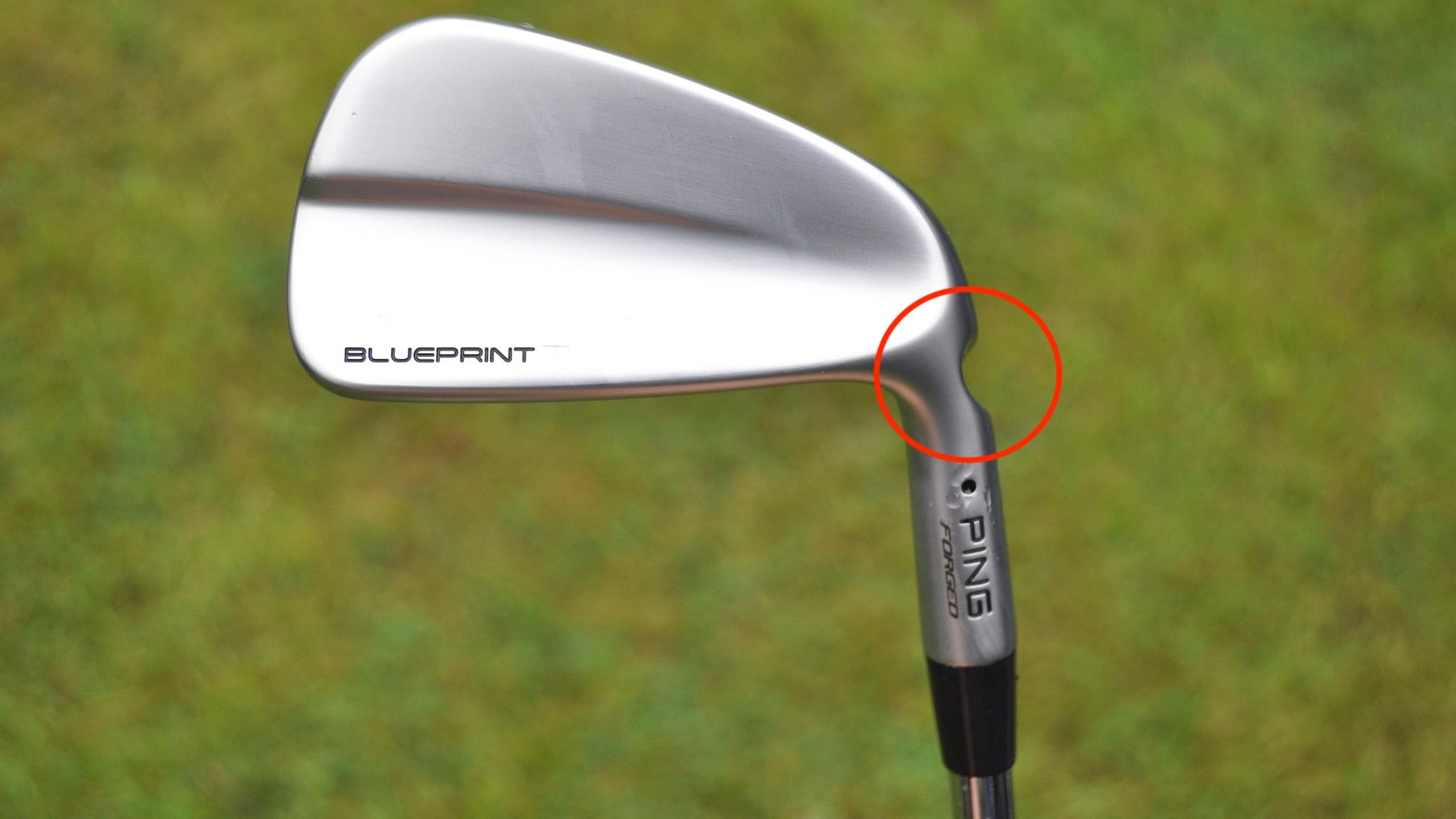Welcome to another edition of the Fully Equipped Mailbag, sponsored by Cleveland/Srixon Golf, an interactive GOLF.com series in which we field your hard-hitting gear questions.
With golf shoes closely resembling everyday sneakers, should I even bother to wear a pair? – Richard N., Washington
Some of you are old enough to remember when the best part about wearing golf shoes was the moment you took them off and slipped back into a comfortable pair of sneakers. It was a lot like the feeling you get after hours of skiing, ice skating or even bowling—sliding back into your daily kicks after walking 18 holes was downright euphoric.
This is because golf shoes used to be crazy uncomfortable. They looked good, but with leather soles, metal spikes, and little-to-no cushioning, golf shoes of yore resembled sophisticated dress shoes and not the kind you’d choose to walk five miles in. But, we wore them anyway and persevered through the pain because unlike street shoes, or even some athletic shoes, golf shoes provided a measure of stability and traction that we couldn’t get anywhere else. Say what you will about metal spikes, they worked exceptionally well at anchoring the feet in place.
Today’s golf shoes are nothing like they used to be. They’re manufactured with technology to make the footbeds more comfortable and the outsoles grippier with added traction. And within the last few years, we’ve seen a major shift towards golf shoes that look like they belong somewhere else. Some profiles mimic running shoes, basketball shoes, casual/street shoes—we’ve even seen sandals and high-top golf shoes.
Back to your question, though: is it really worth wearing golf shoes when they look and feel so much like the shoes you already have in the closet?
We think so. Golf shoes are designed to provide not just forward and backward support while walking, but also lateral support and stability from side to side as you swing. That’s not something most street shoes have. Additionally, many golf shoes have traction patterns on the sole that are firmer than what running or trail shoes provide. This helps you not only stay on stable as you walk, but during the swing as well. Speaking again of stability, most golf shoes are designed to be rigid in the center, often with a firmer midsole and arch cradle to help resist twisting as you swing. This design feature can actually help you develop more torque in your swing and increase your swing speed. Golf shoes also make sense because they’re better at handling wet conditions than are regular shoes, with most offering some sort of water resistance to keep your feet dry.
Here’s the kicker, though. Not all golf shoes are the same, and it’s important you choose a shoe that not only fits you properly, but a shoe that performs the way you need it to. Let’s look at a few categories of golf shoes that you can find in your local golf shop, and the reasons why you should consider each one.
Athletic-inspired shoes
This category is a the dominant one, with many shoe manufacturers making golf shoes that look and feel like a running shoe, or at the very least, a walking shoe. For example, ASICS and Srixon have partnered to make shoes that incorporate the stuff that makes ASICS running shoes great with the stuff golfers need (traction and stability). They look, feel and fit like a running shoe, but come with added things like traction patterns, GEL heel cushioning and BOA lacing systems designed specifically for golf. Shoes in this category tend to favor golfers who regularly wear athletic shoes as their daily drivers, and/or golfers who walk most rounds and who want the utmost in cushioning.
If there’s any reason not to wear a shoe in this style it’s because 1), you don’t want to wear a shoe that looks like a running shoe and 2), some running shoe-like models may have too much toe-drop. This means the shoe is higher in the heel than the toe—a design feature that adds more cushioning under the heel, but it might force you to shift your weight too much to the front of your feet as you swing.

Asics Gel Course Ace
Furthermore, basketball-inspired golf shoes have become popular too. Just make sure the ones you pick are comfortable and are not impeding on your ability to make a swing. A lot of cushioning makes sense in basketball, but having a mushy golf shoe can make your swing less stable.
Street/casual shoes
The second-most popular category out there is a shoe that looks the kind you’d wear to the office on casual Fridays. Most shoes in this style have spikeless outsoles that although may be less rugged than running shoe-style golf shoes, still do a pretty good job at keeping you grounded as you swing. This style of shoe is good if you want to wear the same shoe all day (we do it all the time) and you don’t require the extra dose of cushioning you’d get from a more athletic shoe profile. The only con with this style is they’re not as supportive as other styles.
Modern-style golf shoes
Despite the proliferation of athletic shoe-inspired designs, you can still find a shoe that looks like a golf shoe. These shoes are often dubbed “high-performance” and come with rugged traction patterns with removable spikes, leather uppers, and sometimes dual-pod soles that shift contact with the ground away from the midfoot and towards the heel and forefoot. This design can help golfers improve their weight shift from not only foot to foot, but from back to front of each foot during the swing.
Traditional golf shoes
Yes, they still exist. Tiger Woods wore a pair during this year’s Masters, ditching his usual athletic-style shoe in favor of a more traditionally shape golf shoe with a wider base and little-to-no toe drop. We’re not exactly sure why he made the switch, but our best guesstimate is his usual shoes were either too narrow to hoist a custom orthotic or his shoes had a bit too much toe drop which added more stress to his knees while walking and swinging. Ironically, a pair of less athletic shoes might have been what Tiger needed to swing more athletically.
No matter what style you choose, here’s a few additional pointers that can help you decide:
- Today’s golf shoes really don’t require much breaking in. Find a pair that are comfortable the moment you put them on.
- If you buy a pair with removable cleats, change them every season. You’ll be glad did and the added traction can only help.
- Consider toe-drop, which is the angle the footrests in the shoe. For some of you, toe drop is a non-issue and may even be preferred. For others, it can cause issues during the swing and while walking or standing.
- Buy the right size. When you play golf, especially when you walk, your feet are going to swell. It’s understandable that you’d want a snug fit, but let your laces and BOA system do that. If needed, consider going half a size bigger to accommodate the swelling that will occur.
- Finally, treat your shoes with care. If they get wet, allow them to air dry. Clean them with shoe cleaner as needed. Use leather polish. Take care of your shoes and they’ll take care of you.
Want to overhaul your bag for 2022? Find a fitting location near you at GOLF’s affiliate company True Spec Golf. For more on the latest gear news and information, check out our latest Fully Equipped podcast below.










